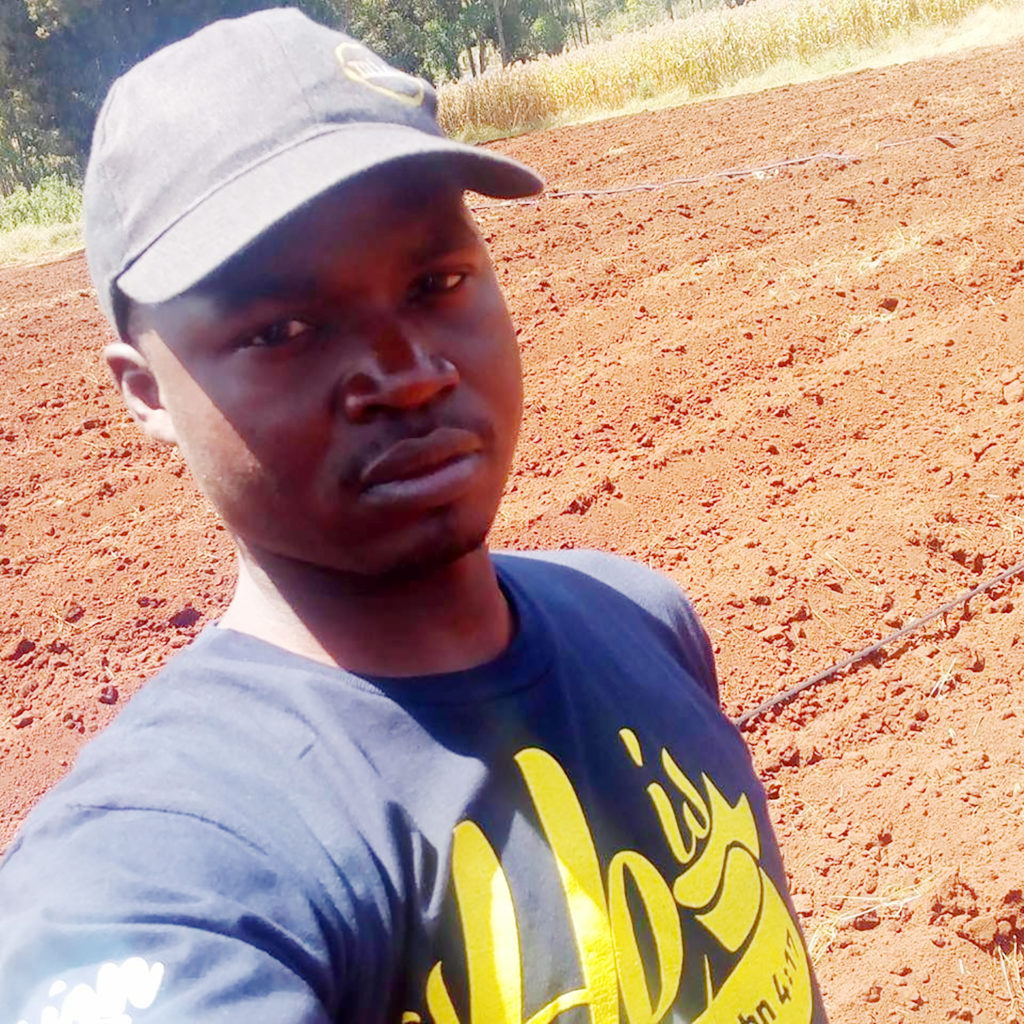After he completed his agricultural training course from Bukalasa Agricultural College Luwero in 2007, Micheal Kalumamba, 29, dived straight into farming, and started off by growing a variety of crops such as maize, sorghum, beans and potatoes.
However, after two seasons of toiling, Kalumamba wasn’t impressed one bit with the income he got after selling his harvest, because of the low prices his produce fetched in spite of the fact that they had a long gestation period.
“I would sell for example potatoes and beans to nearby markets and get about Shs300,000 profits a season. This frustrated me and I thought of other crops to grow,” he told Matooke Republic.
In 2011, Kalumamba decided to switch to tomatoes after he discovered that their demand had gone up. In fact, he specifically opted to grow ‘Assila’ because it is a type that has a lower gestation period—of only three months and with a long shelf-life since it can remain fresh for 21 days after harvest.
Relatively smooth start
The Mbale-born farmer revealed that he was quick to get convinced to invest in growing tomatoes after a friend in South Sudan told him about the ready market there. And he was fortunate to get off to a fairly smooth start, as his first harvest season was nothing short of amazing.
From only half an acre, Kalumamba harvested nearly 150 boxes, selling each box at Shs120,000 and Shs70,000 for the exported produce and the local markets in Kampala respectively. He earned about Shs2m profits that season.
Like onions, tomatoes are some of the high value crops all over the world and one of the best-selling in Uganda. While Kalumaba mentions many other tomato varieties that can thrive in Ugandan soils, he believes the choice is always in the hands of the farmer. “A farmer can choose the variety to grow based on fruit quality, adaptability to the environment, susceptibility to diseases and pests as well as marketability. The other varieties include, money maker, Bonny best and many others,” he explained.
How to plant tomatoes
“In terms of planting, some farmers, especially those who are using small pieces of land, can plant tomato seeds in pots or bags containing soil that is mixed with manure. For large scale tomato farming, it is recommended that one plants seeds in a nursery bed and when they are ready they are transplanted to the garden. Normally, 3-4 weeks after planting the seed, the seedlings are ready for transplanting. Tomato seed beds should be irrigated regularly until seedlings reach a height of 5 to 7 centimetres,”Kalumamba said.
“In terms of soils, tomatoes thrive best in well-drained loamy soils, with a pH value of 6 to 7. For them to maximally yield, the soils need to be kept rich in nutrients. Mulching newly planted tomato plants with dry grass is also important as it promotes faster growth, maintains soil moisture and fights weeds,” he added.
He told us the most persistent challenges he encounters are with pests and diseases on his farm, not to mention the ever-increasing costs of herbicides and pesticides, as well as price fluctuations on the market.
